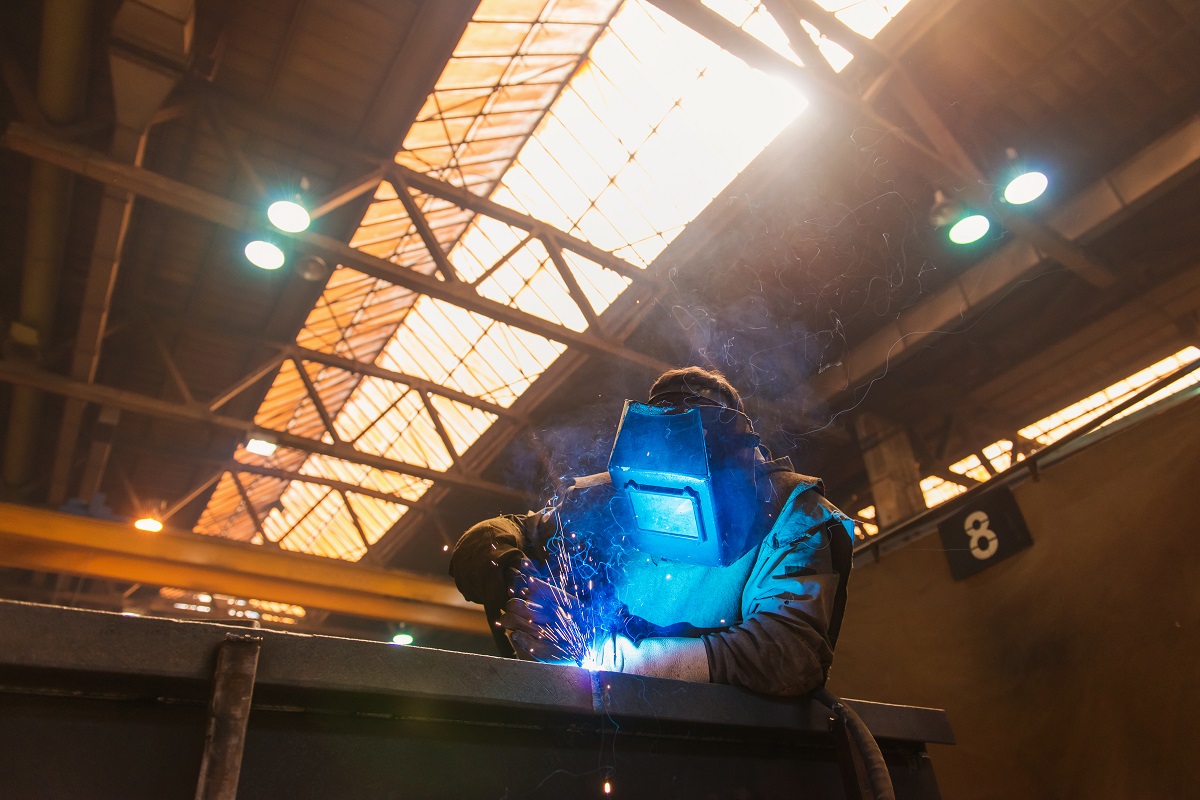Specialist Approaches for Preventing Weld Undercut Effectively
Specialist Approaches for Preventing Weld Undercut Effectively
Blog Article
A Comprehensive Overview to Identifying, Stopping, and Dealing With Undercut Welding Troubles in Your Welding Tasks
In the realm of welding, running into undercut concerns is a common obstacle that can compromise the structural honesty and general top quality of your welding projects. Comprehending the origin causes behind undercut welding, having the ability to accurately detect it in your welds, and executing efficient preventative measures are crucial abilities for any kind of welder. Furthermore, having the expertise and methods to rectify undercut troubles when they do occur can make a significant distinction in the last outcome of your welding ventures. Stay tuned as we discover the essential components of recognizing, stopping, and taking care of undercut welding problems, supplying you with beneficial insights and techniques to raise your welding abilities to the following degree.
Common Root Causes Of Undercut Welding
Undercut welding, an usual concern in welding processes, can be caused by various factors that require to be very carefully recognized and dealt with to guarantee the honesty of the weld joint. One of the main causes of undercut welding is too much warm input.
Another common cause of undercut welding is incorrect welding technique. Insufficient control of the soldering iron or weapon, incorrect angle or range between the workpiece and the torch, or irregular traveling speed can all add to the development of undercut. In addition, using the wrong welding consumables or electrode dimension for a particular joint setup can lead to undercut concerns. Determining these origin causes and carrying out rehabilitative procedures is vital in avoiding and fixing undercut welding troubles in welding jobs.
Identifying Undercut in Welds

To identify undercut accurately, appropriate lighting and magnification devices are essential to inspect the weld joint extensively. Using tools such as a welding gauge or a magnifying glass can aid in detecting even the tiniest undercut imperfections. Additionally, running a finger or a fingernail along the weld joint can often disclose undercut, as the surface may feel irregular or have a dip where the undercut exists.
Safety Nets for Undercut
Having a deep understanding of the reasons of undercut in welds enables for the implementation of efficient preventive steps to keep weld high quality and honesty. These settings need to be optimized to avoid too much warm input, which can lead to damage formation.

Methods for Repairing Undercut

Enhancing the welding existing or minimizing the traveling speed can help load in the undercut. Additionally, altering the welding strategy from a push to a drag or vice versa can also aid minimize undercut.
One more strategy is to make use of a weaving motion while welding to make sure correct sidewall fusion and fill in the undercut. By oscillating the welding arc from side to side within the weld joint, the welder can deposit extra filler material into the undercut locations, effectively getting rid of the defect.
Additionally, grinding out the undercut and rewelding the joint can be a sensible check it out solution for a lot more severe undercut problems - Preventing weld undercut. This procedure entails eliminating the undercut section, preparing the base steel, and after that rewelding the joint with correct welding criteria and strategies to avoid undercut from repeating

Professional Tips for Preventing Undercut
Utilizing appropriate welding strategies and maintaining control over crucial welding parameters are vital techniques for welders aiming to protect against undercut in their weld joints. Additionally, choosing the ideal welding procedure and filler metal for the particular application can assist stop undercut. Maintaining a consistent travel rate throughout the welding process is an additional essential suggestion to see page stop undercut.
Verdict
Finally, determining, preventing, and repairing undercut welding issues in your welding jobs is additional hints critical for ensuring long lasting and strong welds. Preventing weld undercut. By comprehending the typical reasons of undercut, having the ability to identify it in welds, implementing preventive actions, and utilizing proper techniques for fixing undercut, you can stay clear of possible concerns and develop high-quality welds. Following expert suggestions for preventing undercut can assist you improve your welding skills and generate better results in your projects
Undercut welding, an usual concern in welding processes, can be triggered by different aspects that need to be thoroughly identified and addressed to guarantee the integrity of the weld joint. Additionally, running a finger or a finger nail along the weld joint can often expose undercut, as the surface may really feel unequal or have a dip where the undercut exists.
Utilizing proper welding methods and preserving control over key welding criteria are vital methods for welders aiming to avoid undercut in their weld joints.In conclusion, recognizing, stopping, and fixing undercut welding troubles in your welding jobs is vital for guaranteeing solid and sturdy welds. By comprehending the common causes of undercut, being able to identify it in welds, carrying out preventative steps, and making use of appropriate strategies for fixing undercut, you can stay clear of prospective concerns and create high-grade welds.
Report this page